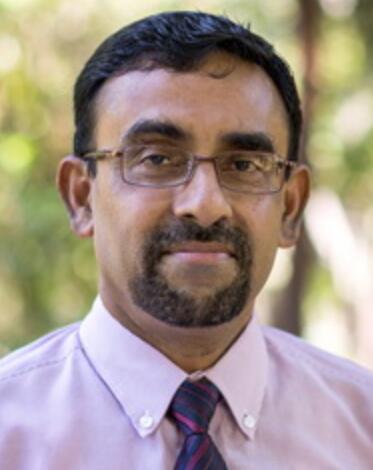Abstract— As the main way of underwater wireless communication, underwater acoustic communication is paid more and more attention in ocean research field in recent years. Compared with the free space wireless communication, the underwater acoustic communication suffers from the limits of the less available bandwidth, the more serious multipath effect and the even complex noise caused by the underwater acoustic channel. The communication scheme based on Phase Shift Keying (PSK) modulation and Time Reversal Mirror (TRM) equalization is considered to be a suitable one to achieve a reliable underwater acoustic communication. However, the scheme experiences a high Bit Error Rate (BER) due to the severe distortion of the received signals caused by the channel. To solve this problem, Carrier Waveform Inter-Displacement (CWID) modulation was proposed to use together with TRM equalization recently. The CWID modulation is based on Linear Frequency Modulation (LFM) PSK. The main idea of the CWID modulation is increasing the difference between the carrier waveforms of different symbols to reduce BER. The LFM carrier-waves with different frequency bands lead to different performance. Therefore it is important to find out the optimal frequency band of the carrier-waves to improve the performance of the communication. The Genetic Algorithm (GA) is introduced to search the optimal frequency band in this paper, due to its excellent performance in solving complicated optimization problems. Simulations were done to compare the performance of different modulation frequencies. The simulation results showed the superiority of the optimized CWID modulation method and the effectiveness of GA optimization.
Index Terms— Carrier waveform inter-displacement, genetic algorithm, time reversal mirror, underwater acoustic communication.
The authors are with the Department of Information and Control Engineering, Xi’an University of Technology, Xi’an, 710048 China (e-mail: renhaipeng@xaut.edu.cn, zhaoyang.show@hotmail.com).
[PDF]
Cite: Hai-Peng Ren and Yang Zhao, " Optimal Design of Modulation Parameters for Underwater Acoustic Communication," International Journal of Information and Electronics Engineering vol. 4, no. 2, pp. 166-170, 2014.


